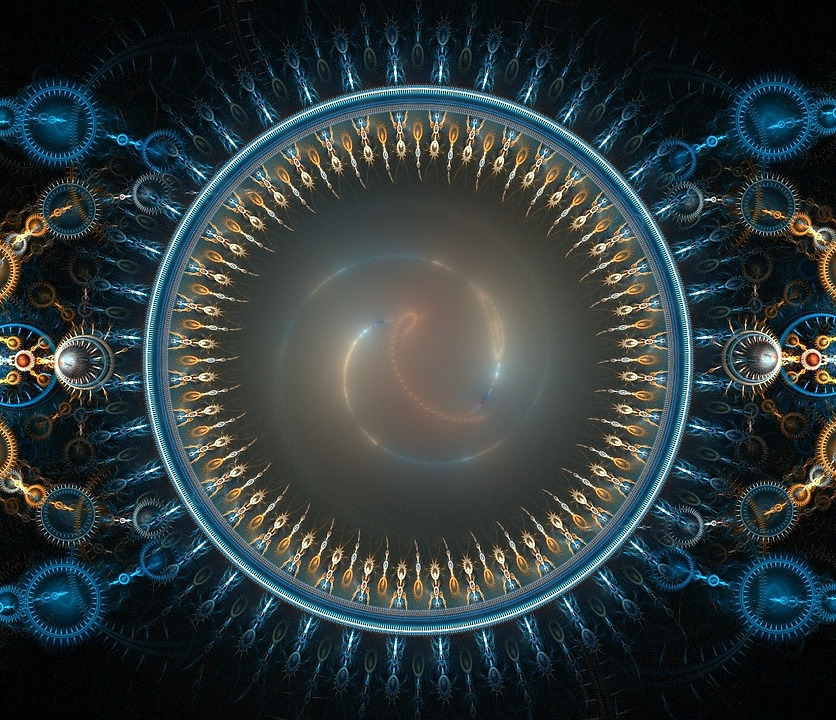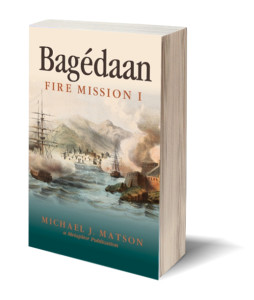
Magitech
"Magitech" is a term commonly used to describe items that are enhanced with magic, usually via alchemical process, to improve and/or expand their usefulness. Light crystals and "flashes" are more mundane examples of magitech, while the Raven Wing and the ATAC systems aboard modern warships are more sophisticated versions.
Exactly what magitech is, or perhaps more precisely, where the divide between magitech and "real alchemy" begins and ends is something of an ongoing debate, but one point on which everyone can (more or less) agree is that magitech is mass-produced alchemy. Humanity's predilection for invention, efficiency, and mass production was the secret sauce that helped them win the Great War. Magitech was the resultant child.
One in one hundred people on Menelon are born with some kind of magical ability, but only 10% of that number has enough ability to be even a middling mage. Prior to the Great War, 90% of the magical talent on the planet was considered to be of little to no practical value. In many ways, magitech turned that equation upside down. It doesn't take an archmage to make a small piece of glass glow, to shape-shift into yourself with a set of wings with the skeletal and muscular structure needed to power them, or to operate a complex magical apparatus like a ship-board ATAC. All these and more were tasks the 90% who have very little magical ability could perform with various amounts of training. By the time the Treaty of Amiens was signed in 528 CE, the magitech revolution was well under way in Fernwall and would quickly go on to change the course of the war: Alchemical drugs capable of keeping keeping mortally wounded soldiers alive long enough to reach an army field hospital were produced, as well as drugs capable of healing or at least stabilizing mortal wounds long enough for a healer (a trained physician/surgeon with mage-level magical ability) to save the patient. Heat-damping cloaks, long range battlefield logistics and communications systems (ATAC), flying humans capable of carrying firebombs, ships that can sail without wind, all these things mass-produced on a scale never before seen...
That was how magitech as an industry was born.
Today (circa 580) the more peaceful items are still in production. Flashes, light crystals (in an astonishing variety of shapes, light temperatures, and styles), and alchemical drugs are the three most commonly produced items. Flyers are still being trained as well, though more for the new "air mail" delivery service than because the world needs lancers and bombers.
Unfortunately, for all its growth, and all its popularity, the advantages of magitech are still beyond most of the world's population. Light crystals, for example, are probably the cheapest magitech item one can buy, but one light crystal, typically replacing one candle, costs as much as one hundred candles. Even given the light crystal's relative permanence, it's a price that stretches the budget of even the average middle-class householder.
Better Living Through Alchemy
In the lands that survived the war, magitech has become an accepted part of daily life as the materiel necessary to fight a planet-wide war were sold off to an eager and sometimes affluent civilian market. Alchemists and industrial mages mustered out of all branches of the military in numbers, and were hired almost as soon as they'd left by smart entrepreneurs who recognized a money-spinner when they saw one. as of CE 580, magitech has become "big industry" in Cascadia and is the driving force behind the resurrection (and gentrification) the "South End" of the city of Fernwall.
